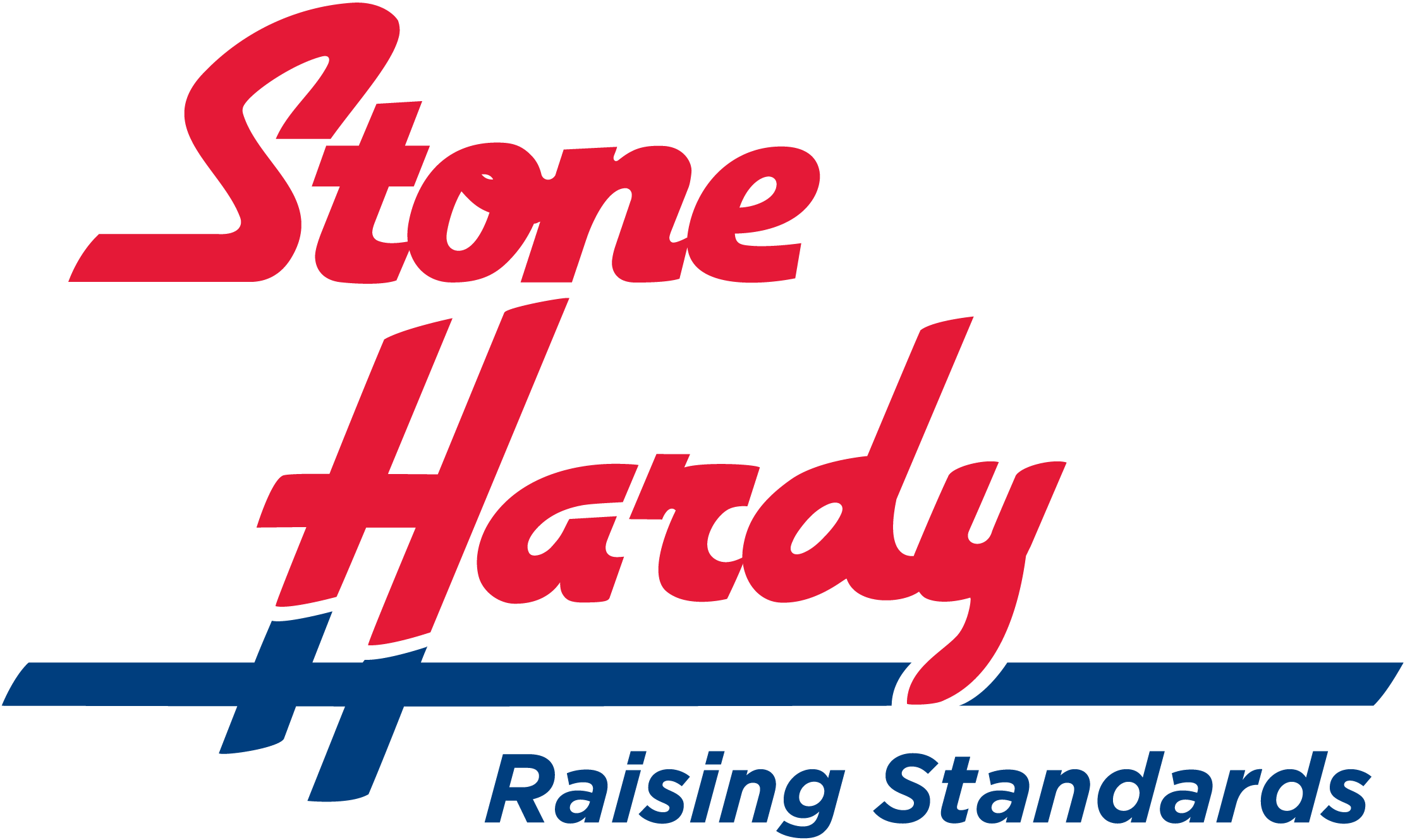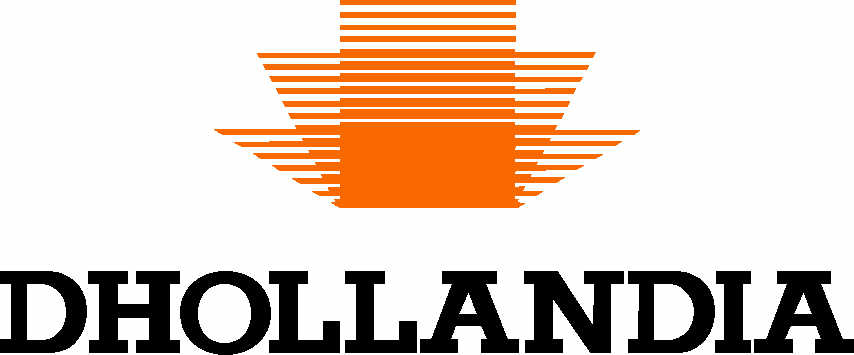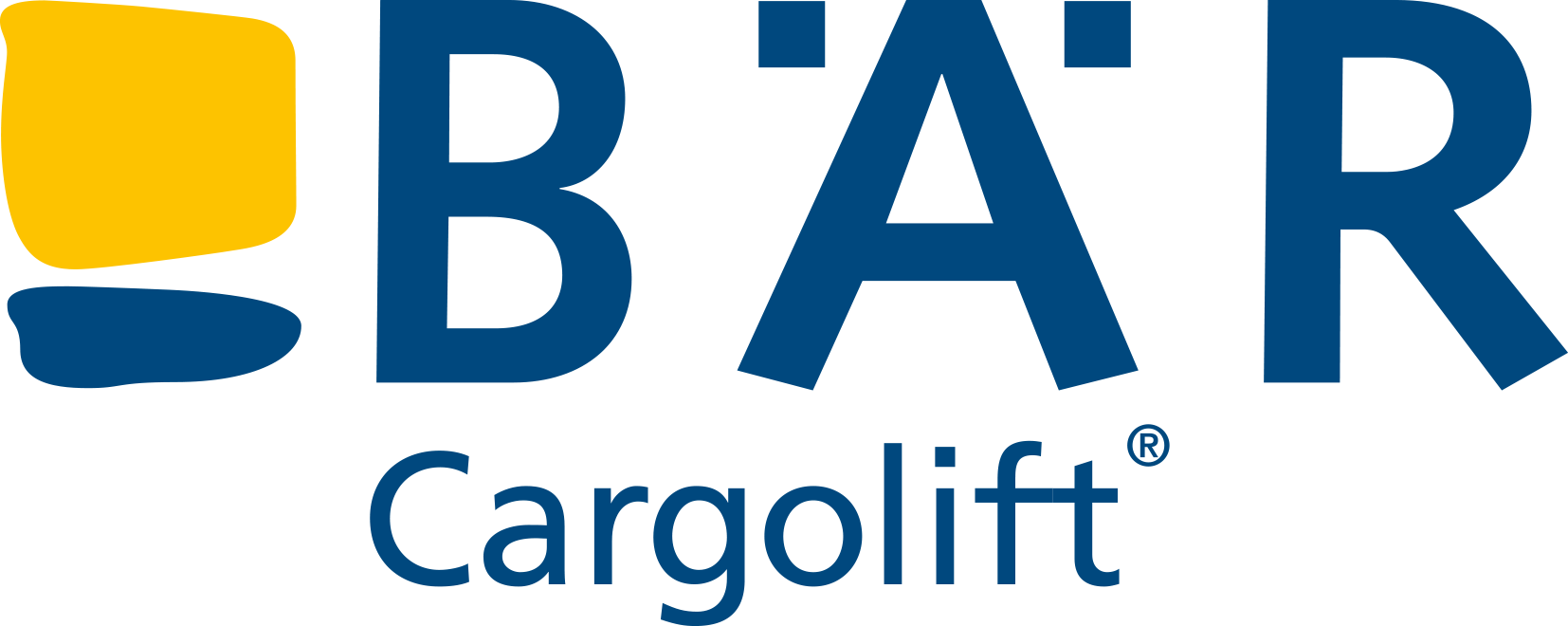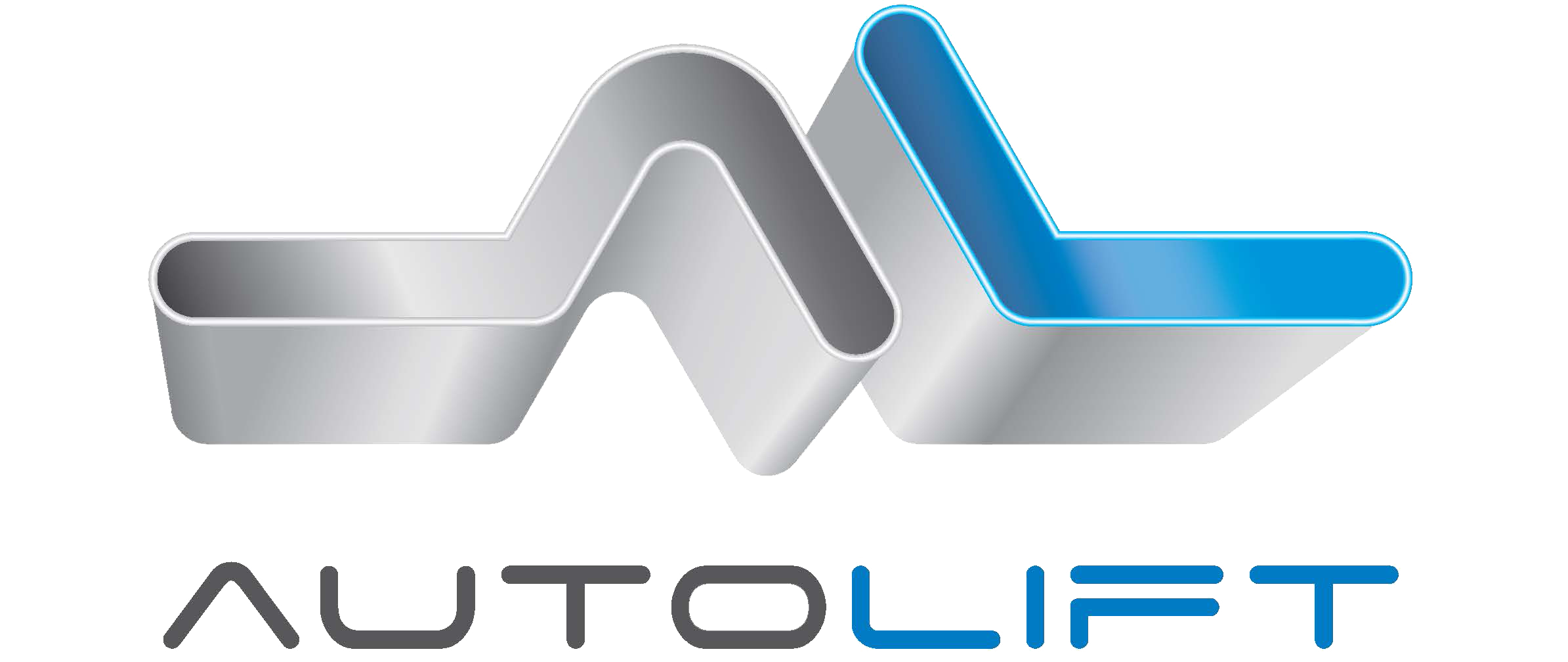Need a tail lift and don’t know which one to buy?
What you need it for will dictate what tail lift you need. Whether you need to load or unload goods from a freight vehicle, or goods van or you need to provide disabled access to a private or public vehicle, there are a variety of different types of tail lift available.
There is a wealth of lift manufacturers out there like Dhollandia, Palfinger, Del, Anteo just to name a few however, it pays to make sure you install the right one.
Most tail lifts are powered pneumatically or hydraulically, although there are other types available. The difference in lifting capacity, functionality and operational cycle mean that some types are better suited for specific uses.
So what tail lift do I need? We detail below the main six types of tail lifts on the market, along with some points of interest.
- Column tail lifts
- Rear frame column tail lifts
- Tuckaway tail lifts
- Cantilever tail lifts
- Retractable tail lifts
- Passenger Access Lifts
Column lifts
Think home delivery. These lifts work best as they are quick to operate therefore great to multi-drop distribution. The tail lift is mounted onto the back of the vehicle via a “H” frame with a flat platform that extends at a 90-degree angle from the frame. The platform runs vertically along the tracks.
One advantage of using a column tail lift is that it can lift higher than the vehicle’s bed level, which is handy for vehicles with beds that are not the standard dock height. One downside is that the lift extends at a 90-degree angle and therefore may not sit flush on even ground, which can make loading and offloading a little more complicated.
Rear frame column lifts
This lift has been around for some time but has increased in popularity over the last few years. Once a relatively expensive alternative to the standard column tail lift, this lift offers maximum rear aperture height and width, without the need for a rear shutter.
This operates similarly to the column lift above although the rear of the frame incorporates a hinged top flap above the load platform which gives it a slight payload advantage over the standard shutter and tail lift combination.
Tuckaway
Tuckaway or tuck-under tail lifts have a lifting platform that folds and is stored underneath the vehicle’s bed.
This allows easy access to the vehicle or trailer via the rear closure if the tail lift is not always needed. For example, delivery drivers may not always need to offload big items at a destination, so having the tail lift out of the way gives quick and easy access to the rear of the vehicle.
Cantilever lifts
These are only able to be worked on a hydraulic or pneumatic system rather than with the column lifts that can be operated via a mechanical system. These types of lifts compared to the column lifts have the benefit of creating a kind of a ramp which makes it easier to unload or load.
The platform of the cantilever tail lift also acts off the rear door of the vehicle. This eliminates the need for standard fitted doors or shutters thereby reducing the vehicle’s overall weight.
However, the operational cycle of a cantilever tail lift is slower compared to Column or Tuckaway lifts. So, it’s best suited for larger deliveries with fewer drop-offs.
Retractable lifts
The lift is usually one solid platform that extends horizontally. Like cantilever lifts, it’s mounted on the chassis of the vehicle making it ideal for lifting heavy loads. However, it operates more like a tuckaway lift in that it slides under the bed of the vehicle when not in use.
Therefore, retractable tail lifts have operational advantages of both cantilever and column lifts which makes this type of tail lifts ideal for operating in loading docks handling heavier loads.
Passenger Access Lifts
These are commonly fitted to ambulances, minibuses and certain types of taxi and privately owned vehicles. These help alleviate the difficulties involved with moving wheelchair and mobility vehicles around in regular vehicles.
We hope you have found this checklist helpful.
For tips and information on how to operate your tail lift safety (when you get one!) read our blog here
Or visit our Frequently asked Loler questions blog here
















